Erosion control options on big south slope
gardenweb88
11 years ago
Related Stories
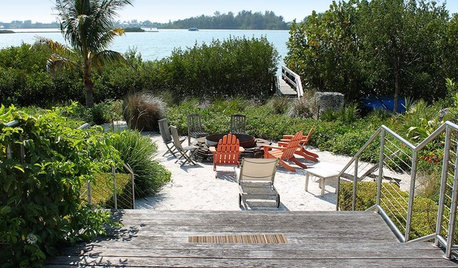
LANDSCAPE DESIGNErosion Control for Your Seaside Garden
Learn how to protect the soil and plants on your shoreline for a beach landscape that lasts
Full Story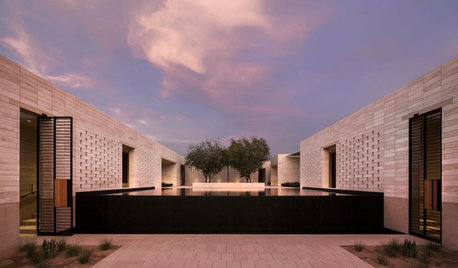
ARCHITECTUREModern Homes That Control the Sun
See architecture that creates shade and manages temperatures — and offers some much-needed visual escapism
Full Story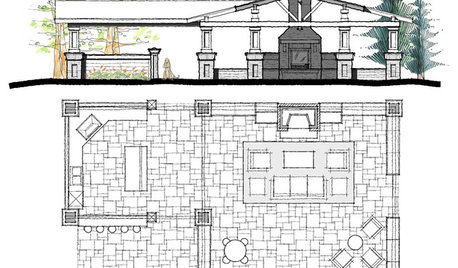
LANDSCAPE DESIGNClimate Control: Work With Nature's Elements for the Best Outdoor Space
Consider sun, wind and water where you live for a deck or patio that's as comfortable as possible all year long
Full Story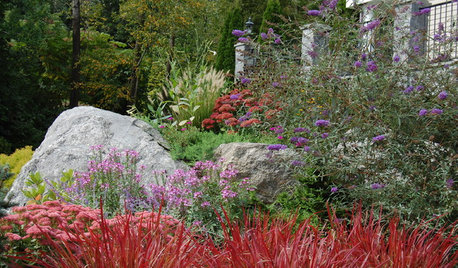
LANDSCAPE DESIGNHow to Design a Great Garden on a Sloped Lot
Get a designer's tips for turning a hillside yard into the beautiful garden you’ve been dreaming of
Full Story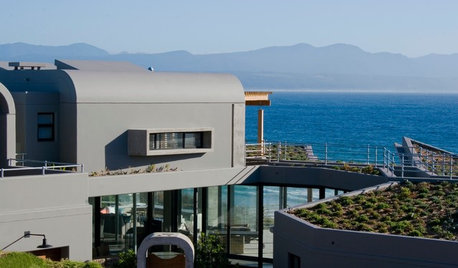
CONTEMPORARY HOMESHouzz Tour: Curves and Angles Among South African Sand Dunes
Nature's forces, gifts and Bob Marley influenced this unusual home on a temperate coast
Full Story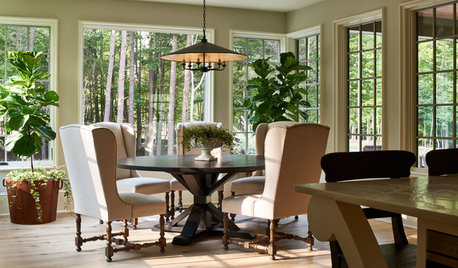
TRADITIONAL HOMESHouzz Tour: English Country Home in the American South
This Charlotte, North Carolina, showhouse offers ideas for a fresh, family-friendly take on traditional design
Full Story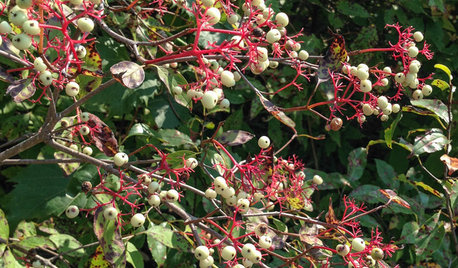
GARDENING GUIDESGreat Design Plant: Cornus Racemosa
In eastern North America, plant gray dogwood for erosion control or privacy, and you'll get flowers, berries and maroon fall foliage too
Full Story
LIFERetirement Reinvention: Boomers Plot Their Next Big Move
Choosing a place to settle in for the golden years? You're not alone. Where boomers are going and what it might look like
Full Story
GREEN BUILDINGWater Sense for Big Savings
Keep dollars in your pocket and preserve a precious resource with these easy DIY strategies
Full Story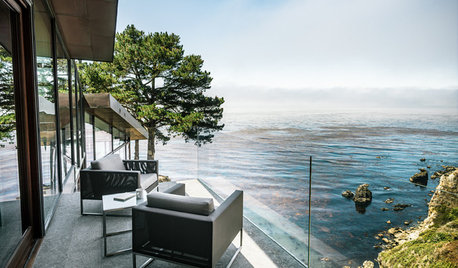
DREAM SPACESHouzz Tour: Hugging the Rocky Cliffs in Big Sur
Cascading down a rugged site and generously encased in glass, this California home takes full advantage of its ocean views
Full StorySponsored
Most Skilled Home Improvement Specialists in Franklin County
More Discussions







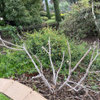
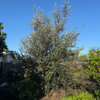
wcgypsy
Suzi AKA DesertDance So CA Zone 9b
Related Professionals
Birmingham Landscape Architects & Landscape Designers · Davidson Landscape Contractors · Firestone Landscape Contractors · Ridgewood Landscape Contractors · Irvington Landscape Contractors · Silver Firs Landscape Contractors · Goldenrod Landscape Contractors · Brookfield Window Contractors · Coral Terrace Window Contractors · Dracut Window Contractors · Estero Window Contractors · Minnetonka Window Contractors · Sacramento Window Contractors · Wixom Window Contractors · Linthicum Window Contractorswcgypsy
nil13
calistoga_al ca 15 usda 9
nil13
hoovb zone 9 sunset 23
nil13
nil13
gardenweb88Original Author
hoovb zone 9 sunset 23
nil13
nil13
gardenweb88Original Author
napapen
gardenweb88Original Author
nil13
gardenweb88Original Author
nil13
gardenweb88Original Author
nil13
evilscott
aptruncata
nlin0273
nil13
chezron
ljrd3
Amazing Hedges Nursery / Brow Tree And Garden
Amazing Hedges Nursery / Brow Tree And Garden
Evelyn256
Evelyn256
Evelyn256
Amazing Hedges Nursery / Brow Tree And Garden
ljrd3
ljrd3